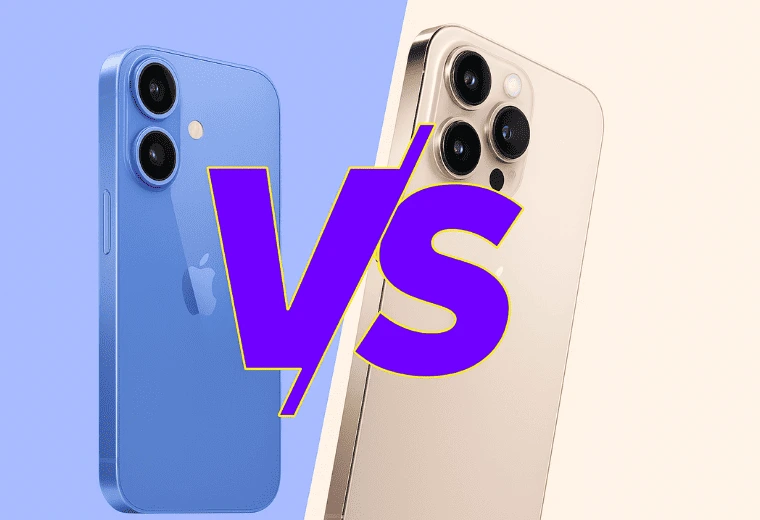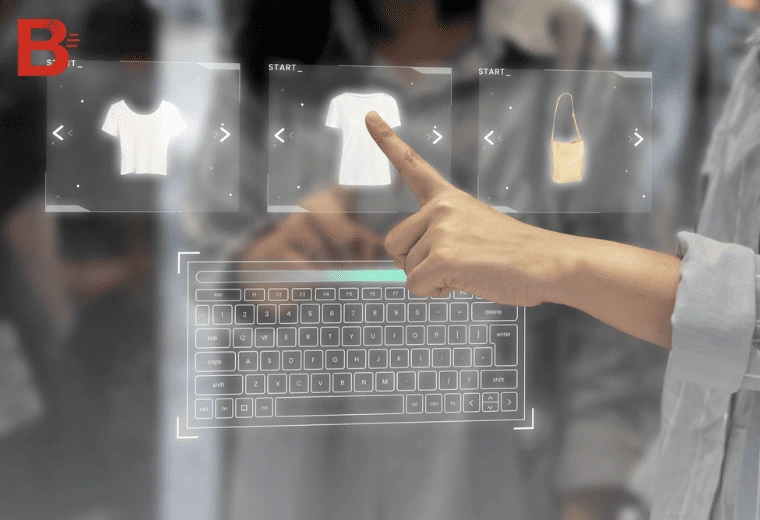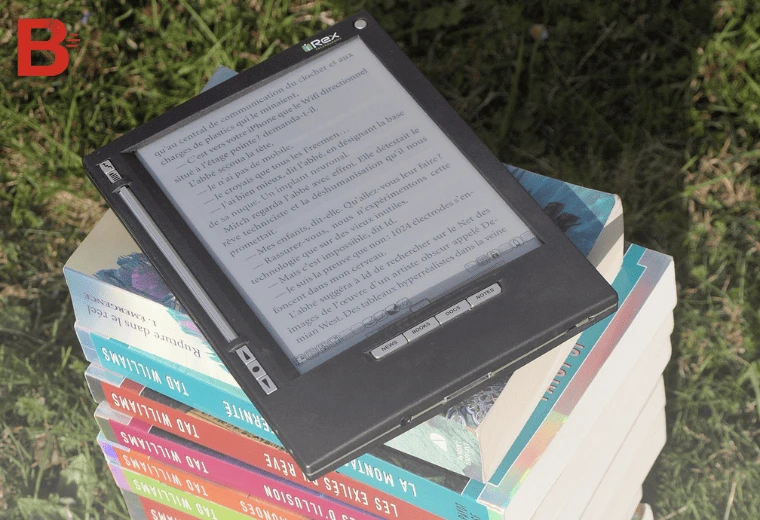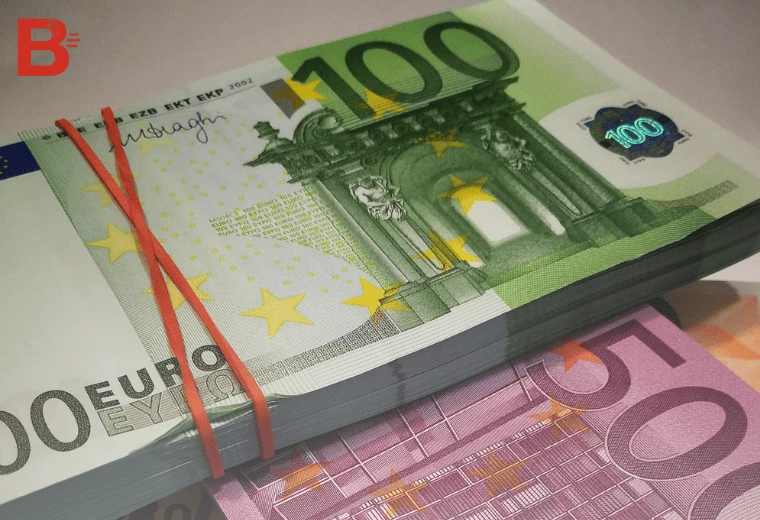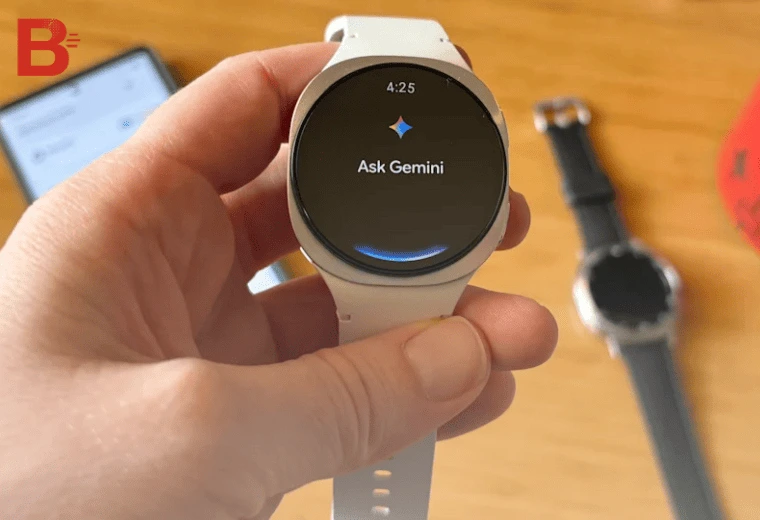The iPhone 16 Series Just Dropped — Here’s What You Need to Know
iPhone 16 i’m going to show you in the best way the best iPhone to buy because there are people who still don’t know
Apple has officially launched the iPhone 16 lineup, and the internet is buzzing. But with three powerful models — the iPhone 16, iPhone 16 Pro, and iPhone 16 Pro Max — how do you choose the right one for your needs (and your wallet)?
Whether you’re upgrading from an older iPhone or switching from Android, this in-depth comparison will help you make the smartest buying decision — and get the most value for your money.
Quick Comparison Table: iPhone 16 Models at a Glance
| Feature | iPhone 16 | iPhone 16 Pro | iPhone 16 Pro Max |
|---|---|---|---|
| Display Size | 6.1″ Super Retina | 6.3″ ProMotion | 6.9″ ProMotion |
| Refresh Rate | 60Hz | 120Hz | 120Hz |
| Processor | A17 Bionic | A18 Pro | A18 Pro |
| Camera System | Dual 48MP | Triple 48MP + LiDAR | Triple 48MP + LiDAR |
| Battery Life | 19 hours video | 23 hours video | 29 hours video |
| Build Material | Aluminum & Glass | Titanium Frame | Titanium Frame |
| Price (starting) | $759.97 | $934.97 | $1,089.50 |
1. Performance: A17 vs A18 Pro Chipsets
The iPhone 16 comes with the A17 Bionic — fast, efficient, and perfect for everyday users. But if you’re a power user, gamer, or content creator, the A18 Pro chip in the Pro models offers next-level AI processing, better multitasking, and 20% faster GPU performance.
Verdict:
- For casual users → A17 Bionic is more than enough
- For professionals → A18 Pro is worth the upgrade
2. Camera Comparison: Dual vs Triple-Lens Power
- iPhone 16 features a new dual 48MP camera system with Smart HDR 6 and improved Night Mode.
- iPhone 16 Pro & Pro Max feature Triple 48MP + LiDAR with 5x telephoto zoom, macro photography, and ProRAW support.
If photography or video is your priority, the Pro or Pro Max gives you DSLR-like power in your pocket.
3. Build Quality & Display
The iPhone 16 retains the classic aluminum + glass design, while both Pro models boast titanium frames, slimmer bezels, and brighter 120Hz ProMotion displays.
Display sizes:
- iPhone 16: 6.1″
- iPhone 16 Pro: 6.3″
- iPhone 16 Pro Max: 6.9″
If you want a cinematic viewing experience or play mobile games, the Pro Max is king.
4. Battery Life: Who Wins?
- iPhone 16 lasts up to 19 hours of video playback
- iPhone 16 Pro gives you 23 hours
- iPhone 16 Pro Max wins with a massive 29 hours
For travelers or heavy users, battery is a game-changer — go Pro Max if you never want to worry about charging again.
5. iPhone 16 Lineup: Sizing, Design & Build Quality Compared
When choosing the right iPhone 16 model, size and design play a huge role — especially if you care about how the phone feels in your hand, fits in your pocket, or complements your personal style. With the iPhone 16 lineup, Apple has taken a step forward by offering more variety than ever, making it easier (or harder, depending on how you look at it) to find your perfect match.
Let’s break down the dimensions, weight, build materials, design details, and subtle differences that set each iPhone 16 model apart — from the compact base model to the luxurious Pro Max.
iPhone 16 Size & Weight Comparison
Apple’s previous generations, like the iPhone 14 and 15, featured just two sizes across the base and Pro lines. But in 2025, the iPhone 16 series includes four distinct sizes to cater to more users:
| Model | Dimensions (H x W x D) | Weight |
|---|---|---|
| iPhone 16 | 5.81″ x 2.82″ x 0.31″ | 6.00 oz |
| iPhone 16 Pro | 5.89″ x 2.81″ x 0.32″ | 7.03 oz |
| iPhone 16 Plus | 6.33″ x 3.06″ x 0.31″ | 7.03 oz |
| iPhone 16 Pro Max | 6.42″ x 3.06″ x 0.32″ | 7.99 oz |
- The iPhone 16 is the most compact and lightweight, ideal for users who want something more pocketable.
- The 16 Pro offers a slight increase in size to accommodate its enhanced internals and camera.
- The 16 Plus gives you a larger screen without jumping to the Pro price point.
- The 16 Pro Max is the largest and heaviest, a powerhouse designed for productivity and content creation.
If you prefer one-handed use, the iPhone 16 is your best bet. But if you love big screens for watching videos or gaming, the Pro Max delivers that “mini tablet” feel.
Build Quality: Aluminum vs. Titanium
Apple has once again differentiated the Pro models from the standard ones by upgrading the materials used:
- iPhone 16 & 16 Plus:
- Built with aluminum frames
- Front glass uses Ceramic Shield for added durability
- Lighter and slightly more playful in design
- iPhone 16 Pro & Pro Max:
- Upgraded to titanium frames — stronger and more premium
- Still features the Ceramic Shield on the front
- Adds a noticeable premium feel in hand
Color Options: Style Meets Substance
Each line offers a unique color palette, making it easy to distinguish between the regular and Pro models:
iPhone 16 & 16 Plus Colors:
- Black
- Pink
- Teal
- Ultramarine
- White
iPhone 16 Pro & Pro Max Colors:
- Black Titanium
- Desert Titanium
- Natural Titanium
- White Titanium
The bold and fun colors of the standard models are perfect for those who like personality in their tech, while the Pro models are sleek, modern, and sophisticated — with that professional edge.
Water & Dust Resistance
All four iPhone 16 models come with IP68 water and dust resistance, meaning they can survive being submerged in water up to 6 meters for 30 minutes. Whether you’re caught in the rain or accidentally drop your phone in a sink, you’re covered.
Button Layout & New Camera Control
Button placement is consistent across the lineup:
- Left side: Volume buttons + Action Button (customizable)
- Right side: Power button + new Camera Control button
That new Camera Control feature is a game-changer. It lets you quick-launch the camera, shoot photos and videos quickly, and even control zoom or focus by sliding your finger across the sapphire-glass surface — a great touch for content creators and mobile photographers.
eSIM Only (U.S. Models)
Like last year, U.S. iPhone 16 models do not include a physical SIM tray. They’re eSIM-only, which means you’ll set up your phone number digitally. If you’re buying internationally, those versions will include a SIM card slot for broader compatibility.
USB-C: But Not All Ports Are Equal
Yes, every iPhone 16 model now has a USB-C port, marking a huge shift away from Apple’s proprietary Lightning connector. But here’s the catch:
- iPhone 16 & 16 Plus: USB-C 2.0 (slower data transfer speeds)
- iPhone 16 Pro & Pro Max: USB-C 3.1 (up to 10x faster for data transfer)
If you’re someone who transfers large video files or uses your iPhone for professional content creation, the Pro models are a clear winner here.
Camera Module Differences
One of the most visually obvious design differences is the camera layout:
- iPhone 16 & 16 Plus: Two vertically stacked lenses — clean, simple, and effective.
- iPhone 16 Pro & Pro Max: Three-lens setup arranged in a triangle on a larger camera bump — signifying advanced photography features like telephoto zoom and LiDAR for AR.
If you see a triangle-shaped camera bump, you know you’re looking at a Pro.
6. iPhone 16 Pricing Guide: How Much Will You Actually Pay?
When shopping for a new smartphone, price is one of the most important factors. Even though many U.S. buyers choose to spread the cost of their iPhones over 24 or 36 months through financing plans offered by Apple or mobile carriers, the price you agree to still has a significant impact on your monthly budget. That’s why understanding the true cost of each iPhone 16 model is crucial — especially in a time when inflation and personal finance matter more than ever.
Let’s break down exactly how much each iPhone 16 variant costs — both upfront and through monthly payments — so you can make the smartest decision for your needs and wallet.
iPhone 16 and iPhone 16 Plus: Entry-Level Power at a Mid-Tier Price
Apple’s base models are still powerful, sleek, and well-rounded for most users. Whether you’re upgrading from an older iPhone or making the switch from Android, these are the most budget-friendly ways to get into the iPhone 16 lineup.
iPhone 16 (Retail Pricing):
- 128GB – $799
A solid option for everyday users who stream content, use social media, and store photos in the cloud. - 256GB – $899
Perfect for those who want extra space for apps, photos, and videos without paying flagship prices. - 512GB – $1,099
Ideal for power users who want to store lots of media and apps offline.
iPhone 16 Plus (Retail Pricing):
- 128GB – $899
Same storage as the base model, but with a larger display and better battery life. - 256GB – $999
Offers more storage and screen real estate — a nice sweet spot for media lovers. - 512GB – $1,199
Great for users who need high capacity and prefer a larger phone format.
iPhone 16 Pro & Pro Max: Premium Power With a Premium Price Tag
If you want the best that Apple offers — including upgraded cameras, titanium builds, and the latest performance enhancements — the Pro models are where things get serious. But they also come at a steeper price.
iPhone 16 Pro:
- 128GB – $999
Great for creators and professionals who want Pro features without maxing out their budget. - 256GB – $1,099
Ideal for 4K video recording, high-res photos, and app-heavy workflows. - 512GB – $1,299
A future-proof option for power users who want to avoid cloud storage. - 1TB – $1,499
Ultimate storage for creators who film, edit, and share high-res content on the go.
iPhone 16 Pro Max:
- 256GB – $1,199 (No 128GB version available)
Offers everything the Pro has, with a larger screen and better battery life. - 512GB – $1,399
Great for content creators, gamers, and professionals. - 1TB – $1,599
The most expensive iPhone ever — but a beast in terms of capability and storage.
Monthly Payment Options: Apple vs Carriers
If you’re not planning to pay in full, you’ll probably go with monthly payments. Here’s how the math works out.
Apple Financing (24 Months, 0% Interest):
- iPhone 16 (128GB) – $33/month
- iPhone 16 Pro Max (1TB) – $67/month
This is ideal if you want to upgrade your phone every two years and pay directly through Apple.
Carrier Financing (AT&T, Verizon, T-Mobile – 36 Months):
- iPhone 16 (128GB) – ~$22/month
- iPhone 16 Pro Max (1TB) – ~$44/month
Longer terms mean lower monthly payments, but remember: you’ll be locked into a contract for three years, which may affect your upgrade options.
TIP: Trading in an older iPhone or another eligible device can significantly reduce your upfront or monthly cost. Carriers and Apple often run aggressive trade-in promotions, especially around launch time.
Final Thoughts: Which iPhone 16 Is Worth the Money?
If you’re on a budget and don’t need all the pro features, the iPhone 16 or 16 Plus offer excellent performance and value. But if you’re a creator, business professional, or tech enthusiast, the iPhone 16 Pro or Pro Max will deliver the top-tier experience you’re looking for — at a premium, of course.
Before you commit, weigh your storage needs, monthly payment comfort, and whether you truly need the Pro features. In the end, the best iPhone for you is the one that balances performance, features, and price within your lifestyle.
Final Verdict: Which iPhone 16 Should You Choose?
- iPhone 16 → Budget-friendly, reliable, and powerful
- iPhone 16 Pro → Balanced performance, ideal for creators
- iPhone 16 Pro Max → Ultimate performance + battery beast
Our pick? The iPhone 16 Pro hits the sweet spot between price and features.
Now it’s up to you to choose yours

